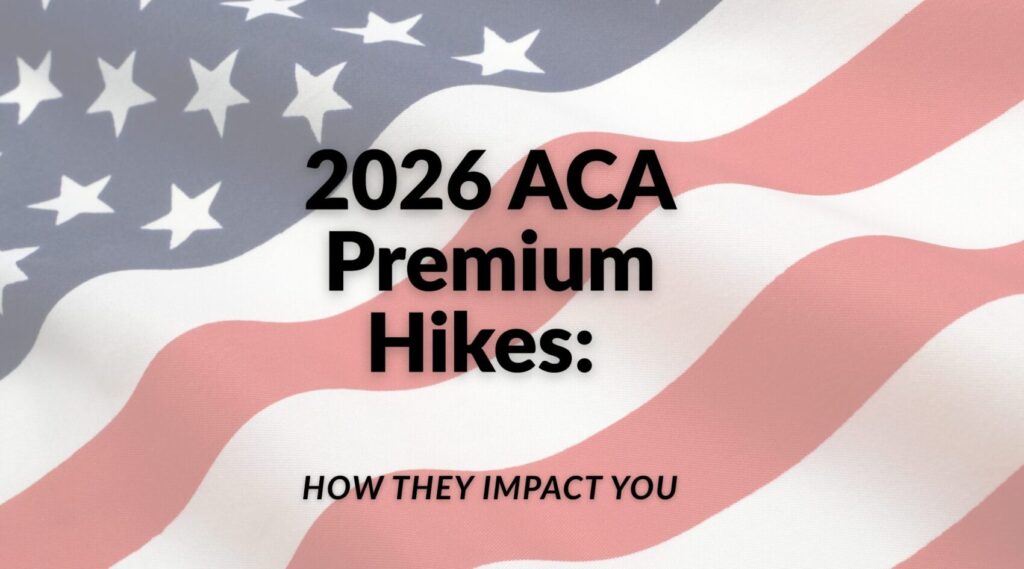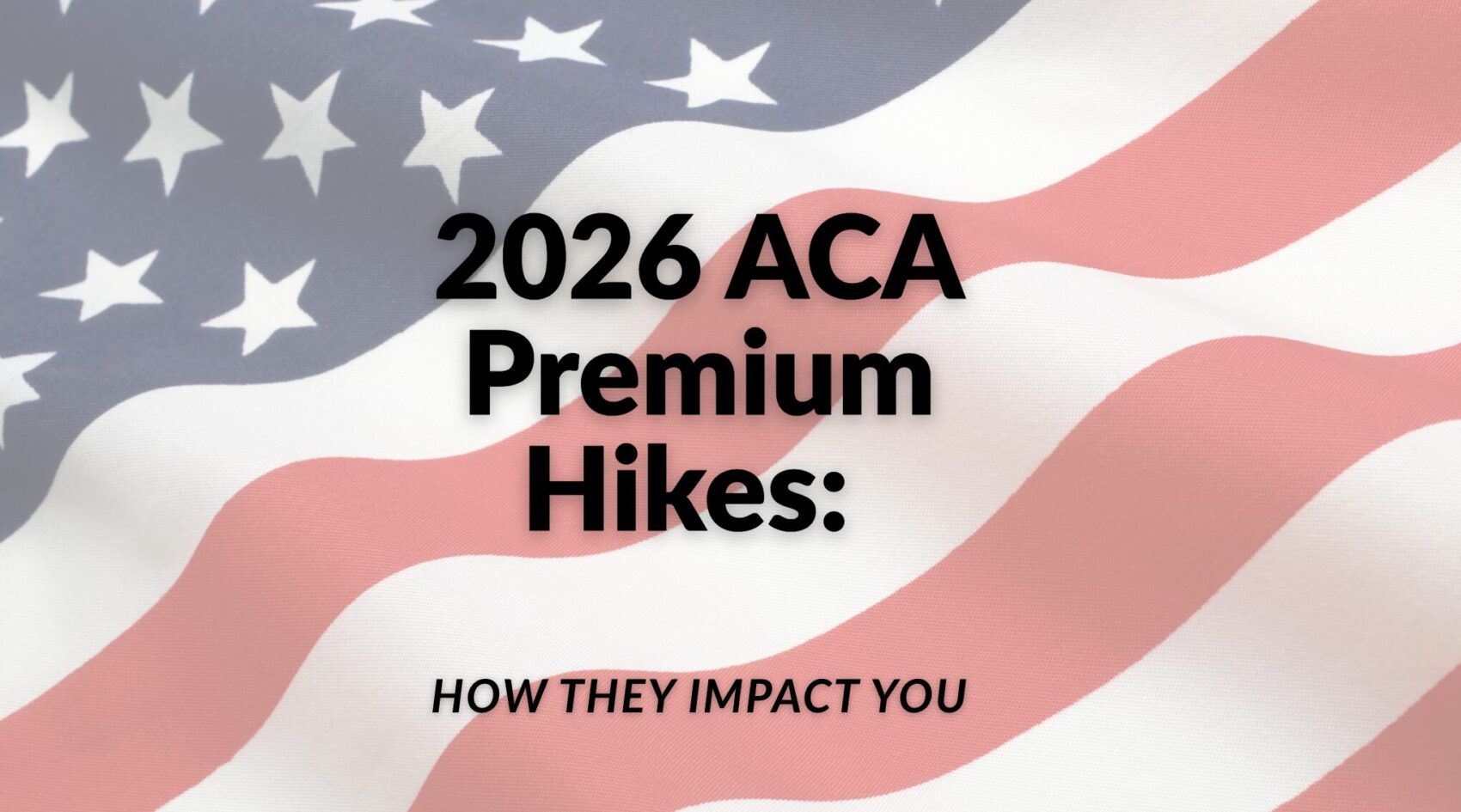You don’t have to wait for open enrollment to get clarity on your healthcare. In fact, waiting could mean missing your window to make a smarter, more affordable choice. From 2021 through the end of 2025, a temporary expansion changed how health insurance subsidies worked under the ACA. Legislation like the American Rescue Plan and the Inflation Reduction Act removed the income cap for premium tax credits, allowing more people to qualify for financial help.
Under the original rules, anyone earning over 400 percent of the federal poverty level roughly $62,000 per year for a single individual was not eligible for subsidies. Because the enhanced subsidies removed the income cap, eligibility was tied to whether a household’s health plan premiums exceeded 8.5% of their income. This meant that even some high-income households could qualify for assistance if their health plans were particularly expensive. This was a key feature of the temporary expansion, designed to make coverage more affordable for everyone. However, with the subsidies expiring, this is no longer the case. Starting in 2026, the system returns to a fixed income cutoff, which will reintroduce the ‘subsidy cliff’ and its complexities, especially for those with fluctuating income.
This shift was especially beneficial for self-employed individuals, gig workers, and others without access to employer-sponsored coverage. Many were able to earn a solid income and still receive relief on monthly premiums, a benefit that was previously unavailable.
The enhanced subsidy provisions, which were extended by legislation like the American Rescue Plan and the Inflation Reduction Act, are set to expire at the end of 2025. This expiration is a result of the original legislation’s sunset clause, not a new law. Starting in 2026, the ACA returns to its original structure: only those earning between 100 percent and 400 percent of the federal poverty level will qualify for premium tax credits. Anyone earning above that threshold will no longer receive assistance.
This effectively reinstates the subsidy cliff, a sharp cutoff where financial help disappears entirely once your income crosses the eligibility line.
Self Employed and Middle Income Earners Face the Steepest Impact
Most self employed professionals do not receive health insurance through an employer, so they have relied on ACA marketplace plans for coverage. Many fall into a squeezed middle zone, earning too much to qualify for Medicaid but not enough to comfortably afford full price health insurance.
Right now, many in this group still qualify for financial help, but in 2026, even a modest increase in income could push them above the eligibility threshold, cutting them off from subsidies entirely.
For example, if you earn just over $62,000 in 2026 as a single filer, you could lose all ACA subsidies. That could result in monthly premiums rising (depending on age, state, and plan type) by as much as 75%, or around $1,200 more per year in some states.
That would mean nearly 20% of your income going just to health insurance premiums, and that’s before paying for doctor visits, prescriptions, or meeting your deductible.
The Numbers: How Many People Will Be Affected by the ACA Subsidy Cliff
Currently, about 24.3 million people are enrolled through the ACA exchange, and an overwhelming 93 percent of them receive subsidies in 2025. Many of these individuals benefited from the temporary eligibility rules, which allowed some high-income households to qualify for assistance. For example, even a household earning close to $600,000 could have received a subsidy if their health plan premiums exceeded the 8.5% income threshold. While that may sound generous, it also highlights how inconsistent and unpredictable the system has become, especially for people with fluctuating income. It is confusing, and for many self employed professionals, it is not sustainable.
Self Employed Snapshot
In 2022, a joint analysis by the United States Treasury reported that 3.3 million people using the ACA marketplace were self employed or small business owners, accounting for 28% of enrollees between ages 21 and 64.
Altogether, small business owners and the self employed represent about 1 in every 3 ACA marketplace enrollees.
And the impact goes deeper. The 1 million Aetna members losing ACA exchange coverage include many self employed individuals who were relying on those plans for their primary coverage. That adds to the disruption, particularly in the 17 states where Aetna is exiting the exchange.
Premium Increases
Without subsidies, premiums could jump 75% on average, with some states seeing 28% hikes or more. Where you live makes a big difference.
These projections are based on ACA benchmark premium data and modeled subsidy scenarios. Actual costs will vary by age, location, and plan, but for many, premiums could consume a large share of their income.
Smart steps you can take now to prepare and avoid a major financial shock
If you expect to lose your ACA subsidy in 2026, now is the time to review your projected income. Subsidy eligibility is based on your Modified Adjusted Gross Income (MAGI), so even small changes can affect whether you qualify. If your income is near the 400 percent threshold, it’s worth speaking with a tax advisor to explore options that could keep you eligible. Keep in mind: if your actual income ends up above 400 percent of the federal poverty level, you will lose all eligibility for subsidies and could be required to repay the full amount you received.
As open enrollment approaches, it’s critical not just to understand what’s changing, but how to choose a plan that protects you from unexpected costs. The right decision could be the difference between manageable care and medical debt. If you’re in one of the 17 states where Aetna is pulling out, you’ll need a new plan for 2026. And if you’re losing subsidies, it’s essential to compare marketplace and off-exchange options but brace yourself. Without financial help, the full price of coverage can be a shock.
If ACA premiums have become unaffordable, it may be time to explore a different approach to managing your healthcare. Healthsharing memberships offer a flexible, affordable alternative that could better fit your needs. Healthshares typically use fair pricing—based on Medicare rates with a small added margin instead of paying the much higher prices hospitals often bill
You can also look into Direct Primary Care or concierge practices that provide care for a flat monthly fee. When paired with a Health Savings Account (HSA), this approach can offer a more efficient way to manage both routine and unexpected medical expenses.
Lastly, take advantage of planning tools now. Resources like the Kaiser Family Foundation’s subsidy calculator can help you model different income scenarios and get a clearer picture of what your 2026 costs might look like. With early preparation and the right health coverage strategy, you can stay protected without sacrificing financial stability.
At indipop, we believe in empowering individuals who often fall through the cracks of the traditional healthcare system. Our mission is to make healthcare accessible and flexible for today’s diverse workforce especially self-employed professionals, 1099s, and small business owners by offering affordable health memberships that aren’t tied to traditional insurance.
Sources
The following sources provide the data and context for these projected premium hikes:





